
On 27 January 1788, the male convicts began to arrive and started to clear the trees, put up tents, unload stores and animals, and sow vegetable seeds and corn. On 6 February 1788, the female convicts arrived from Botany Bay and the colony was established.
Captain Phillip became the governor of the colony and began to establish permanent structures and farms. Huts, storehouses, a hospital and a church were built and a brick residence was constructed for the governor, called Government House. In November of 1788 a new settlement was founded at Parramatta, where the soil was more fertile. Another settlement was soon established at Toongabbie. Norfolk Island was also settled so that timber and flax (to make sails) from the island could be used in the new colony.The first years were very hard and the colony almost failed. The first harvest came to nothing and food had to be strictly rationed. Governor Phillip sent HMS Sirius to the Cape of Good Hope for more supplies. In June 1790, the Second Fleet arrived with more convicts and food supplies, and in 1791 the Third Fleet arrived. Food was still in short supply, but by 1792 the colony was well-established. Trading ships were starting to visit Sydney and the whaling industry had begun. Sheep were being imported to grow wool, and released convicts were taking up farming. The colony of New South Wales was starting to grow.
Convict women in Port Jackson
In 1788 the First Fleet landed at Camp Cove in Port Jackson with the 'cargo' of convicts which helped establish the penal colony of New South Wales. One in five of the convicts to arrive in the penal colony (1788-1823) was female and they made up the largest group of female colonists in Port Jackson.The typical convict woman was in her twenties. She was from England or Ireland and had been convicted of robbery - sentenced for seven years as punishment for her crime. She was single and could read but not write. Many convict women were first offenders and given sentences of transportation for crimes that were quite minor, such as pick pocketing, shoplifting or prostitution.

 CAPTION: This set of figures includes a number of fish, a trail of wallabies (small kangaroos), a man and a woman. The man has been initiated, as he is shown wearing a belt around his waist.
CAPTION: This set of figures includes a number of fish, a trail of wallabies (small kangaroos), a man and a woman. The man has been initiated, as he is shown wearing a belt around his waist. Initiation was deliberately a fearful experience, but it was worth it for the young boys. At the end, you were a man, and able to see the rich art culture of the tribe. You could pass the culture, the legends, the hunting traditions of the tribe, on to the next generation. Today, we only have to know where to look for engravings, and we can go to see them. After next week, there will be a few more who know where and how to look. And I will have repaid another small part of my debt to the man who introduced me to this hunting tradition in my early teens.
http://members.ozemail.com.au/~macinnis@ozemail.com.au/engravng.htm
It would not be an exaggeration to claim that the Island continent was owned by over 400 different nations at the time of this claim by Cook. When the first fleet arrived in Sydney Cove it is said that Captain Philip was astounded with the theory of Cook's terra nullius, saying "Sailing up into Sydney cove we could see natives lining the shore shaking spears and yelling."
The region around Sydney Cove was not uninhabited or unoccupied, as the British had declared. Its land belonged to the Eora and Dharug peoples. When the Union Jack was raised on 26 January 1788, all Indigenous land had been declared British territory. In addition, all Indigenous people had been made British subjects and would be expected to obey the laws of Great Britain. This was despite the fact that Indigenous people had their own laws, considered the land an essential part of their lives; and had their own families, clans and language groups.
The arrival of the British was the start of a process which resulted in Indigenous groups losing their land, their hunting grounds and their way of life. Contact with the British brought diseases such as smallpox that Indigenous peoples had never known before. These diseases killed thousands and thousands of Indigenous people. There was also competition between the British and Indigenous peoples for clean water and food. The British settlers cut down trees, destroyed sacred sites, stole weapons and rapidly extended their control of the land.The British settlement of Australia has become known as the European invasion of Australia. In the following chapters the effects of the British colonisation on the Indigenous peoples will be explored. Read on: http://www.skwirk.com.au/p-c_s-56_u-477_t-1302_c-5006/WA/8/The-First-Fleet-the-process-of-colonisation/The-arrival-of-the-British/Colonisation-and-conflict-Australia/SOSE-History/
http://www.kidcyber.com.au/topics/firstfleet.htm

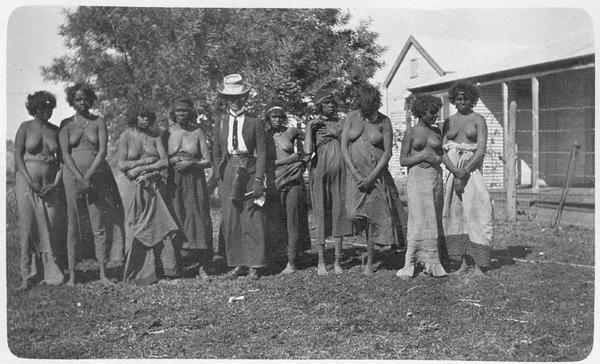



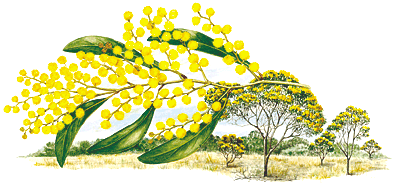


+copy.jpg)










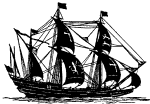





















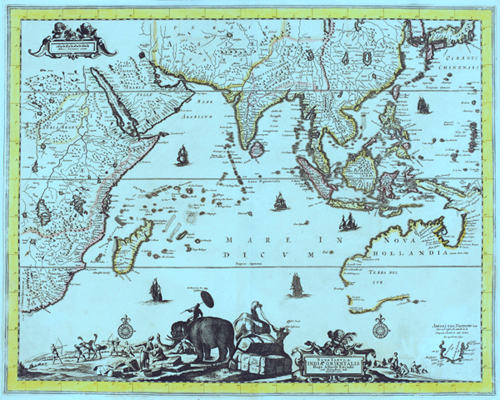





















.jpg)
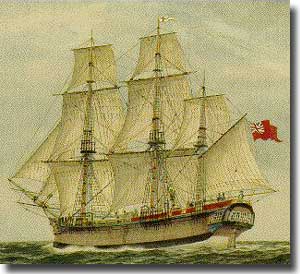

























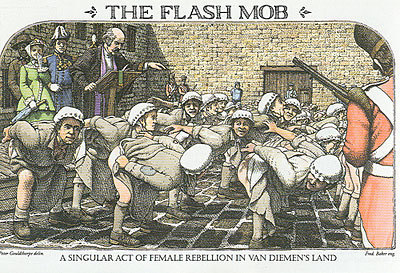
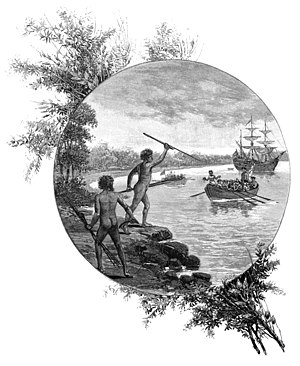 G
G







.jpg)
















No comments:
Post a Comment